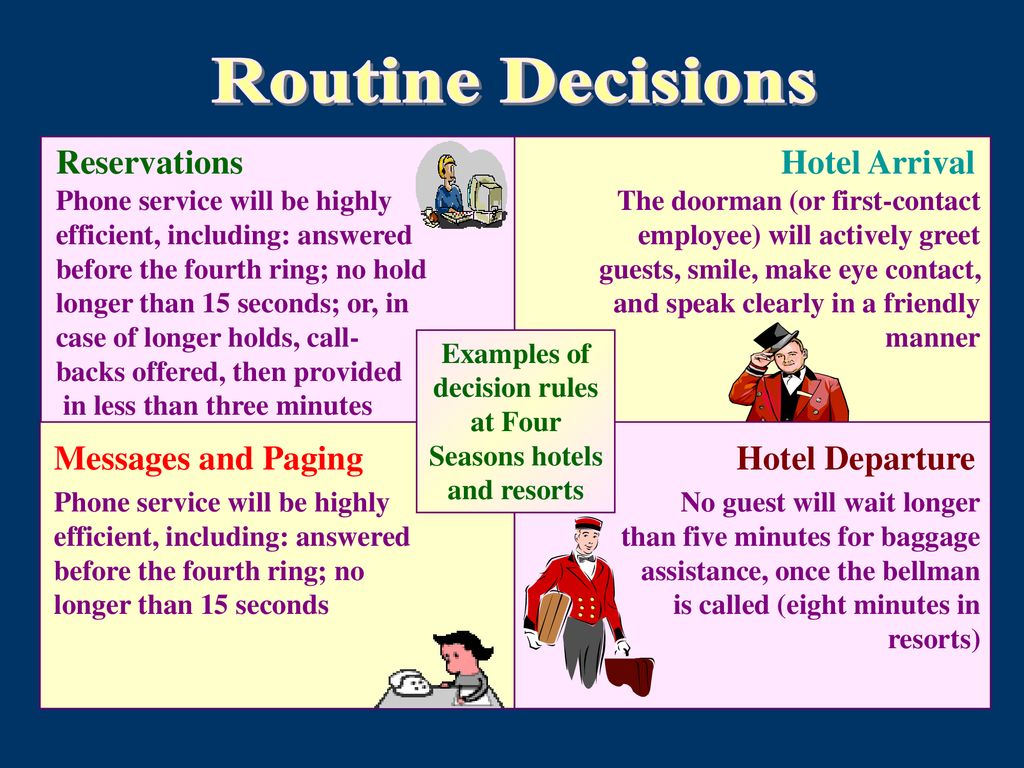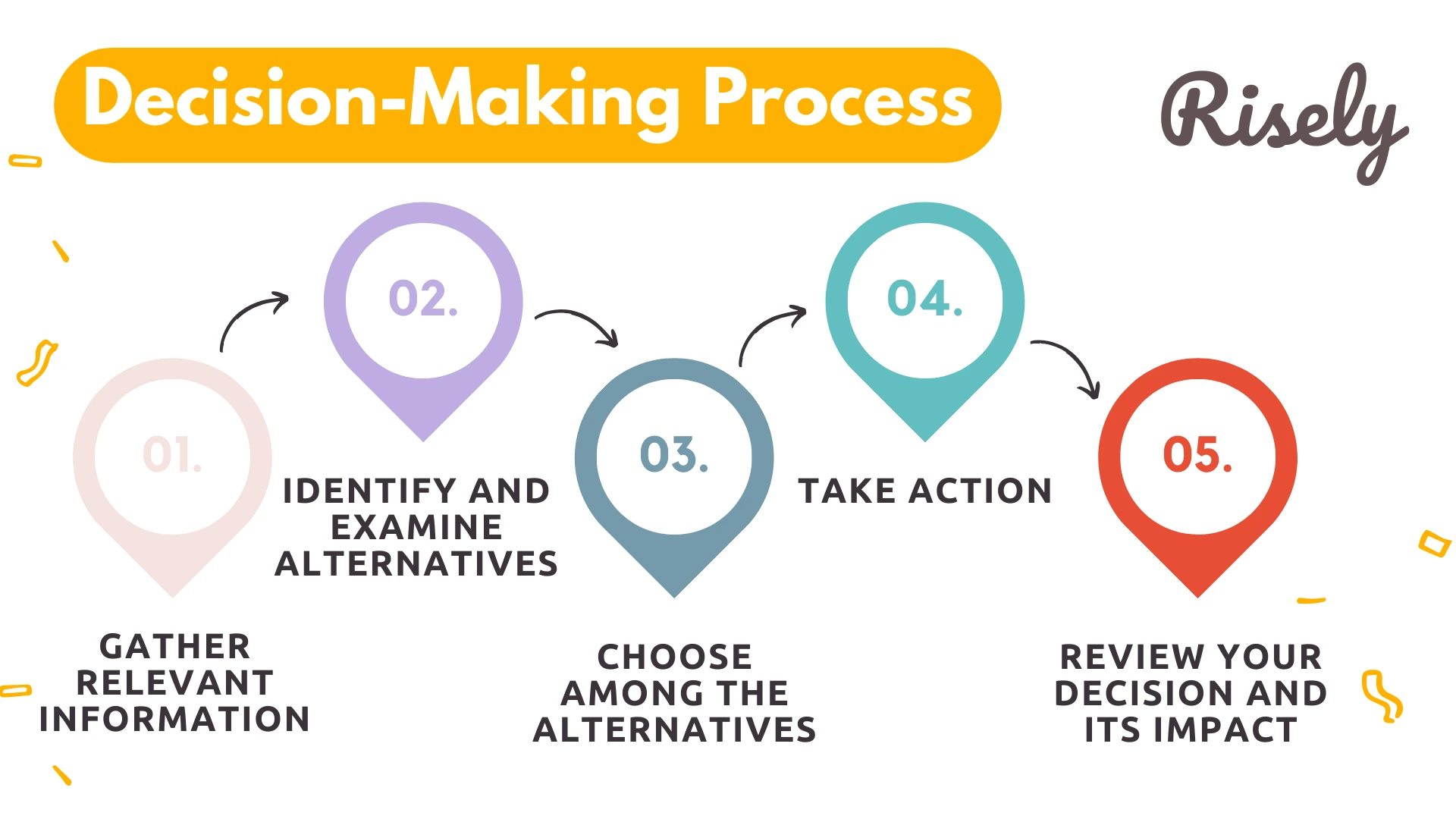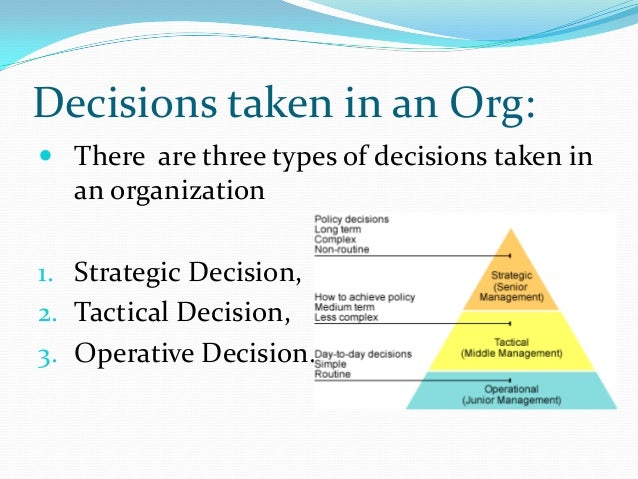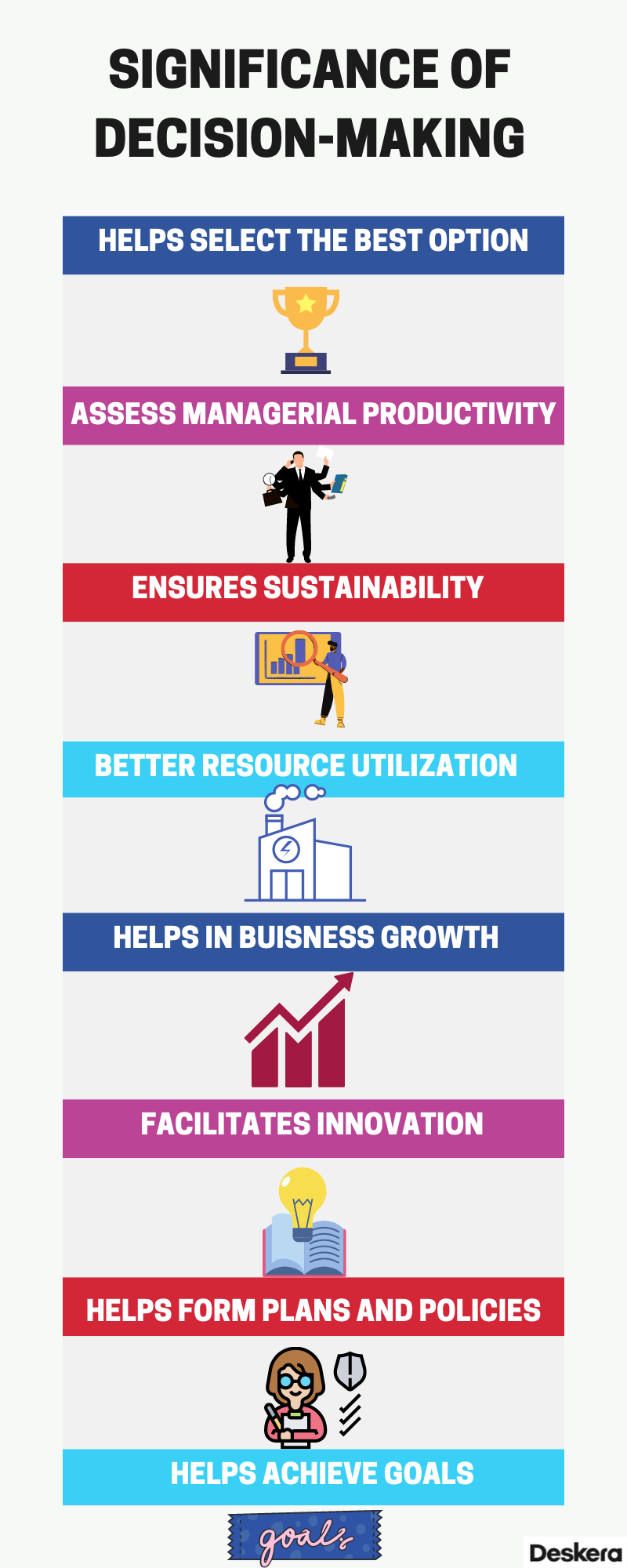Which Term Best Describe Decisions That Are Routine

Imagine a crisp Monday morning. The aroma of freshly brewed coffee fills the air as you mechanically reach for your keys, your wallet, and your phone. These actions, almost thoughtless, are part of a larger tapestry of choices that color our daily lives.
But what term best encapsulates these everyday decisions, the ones we make on autopilot? The answer, though seemingly simple, delves into the fascinating world of behavioral science and organizational psychology.
The most accurate and widely accepted term to describe these decisions is programmed decisions. This framework highlights the structured and repetitive nature of such choices, contrasting them with the complexities of non-programmed decisions.
The Essence of Programmed Decisions
Programmed decisions are routine decisions that follow established rules, procedures, or policies. These decisions are often repetitive and well-structured, requiring little cognitive effort.
Think about a cashier at a grocery store scanning items. The process is standardized. The cashier follows a pre-defined set of actions for each transaction.
Or consider a factory worker assembling a product according to a precise manual. The steps are clear. The outcome is predictable.
Characteristics of Programmed Decisions
These decisions share common attributes. They are repetitive, occurring frequently and predictably.
They are also well-structured, with clear information and defined alternatives.
Finally, they rely on established rules and procedures, providing a framework for consistent action.
The Counterpoint: Non-Programmed Decisions
To understand programmed decisions fully, it's essential to contrast them with their counterpart: non-programmed decisions.
Non-programmed decisions deal with novel or complex problems. These problems lack clear-cut solutions.
These decisions require creativity, intuition, and careful analysis, unlike programmed decisions which rely on established protocols.
For example, a company facing a sudden economic downturn must make a non-programmed decision. They must devise new strategies to stay afloat.
A doctor diagnosing a rare disease faces a similar challenge. There are no easy answers, so they must combine their expertise with careful investigation.
The Significance of Programmed Decisions
Programmed decisions are crucial for efficiency. They streamline processes and reduce the cognitive load on individuals.
By automating routine tasks, organizations can free up resources. This allows them to focus on more complex and strategic challenges.
This efficiency translates into cost savings, improved productivity, and greater consistency in operations.
A study by the Harvard Business Review highlighted the impact of optimized processes on organizational performance. It shows that well-defined routines can significantly enhance a company's bottom line.
"Effective programmed decision-making is the bedrock of efficient operations. It allows organizations to scale and thrive in competitive environments." - Harvard Business Review
The Role of Technology
Technology plays an increasingly important role in programmed decision-making.
Automation software can handle repetitive tasks. This ensures accuracy and consistency.
Algorithms can analyze vast datasets. This helps identify patterns and trends to optimize programmed decisions.
Consider the impact of AI in supply chain management. AI algorithms can predict demand fluctuations. This allows companies to adjust inventory levels automatically.
This optimization, fueled by programmed decisions made by AI, can significantly reduce waste and improve customer satisfaction.
Beyond Efficiency: The Human Element
While programmed decisions are vital for efficiency, it's crucial to consider the human element.
Over-reliance on routine can lead to boredom and a lack of engagement among employees.
Organizations must strike a balance between automation and human empowerment. They must allow employees to contribute creatively and solve problems that fall outside the realm of programmed decisions.
Creating a Balanced Approach
Organizations can foster a healthy balance. They can empower employees to identify areas where programmed decisions can be improved or streamlined.
Providing opportunities for training and development allows employees to tackle more complex challenges.
Cultivating a culture of innovation encourages employees to think critically and contribute to non-programmed decision-making processes.
According to a report by Deloitte, companies that prioritize employee engagement and provide opportunities for growth are more likely to attract and retain top talent. They are also more innovative and adaptable to change.
Conclusion: Navigating the World of Routine
The term programmed decisions offers a clear lens. It helps us understand the routine choices that shape our daily lives and organizational operations.
By recognizing the significance of programmed decisions, organizations can optimize processes and improve efficiency.
However, it's equally important to acknowledge the human element. We must nurture creativity and critical thinking to ensure a balanced and thriving work environment. Ultimately, embracing both programmed and non-programmed decision-making allows us to navigate the complexities of the modern world with greater clarity and purpose.


















